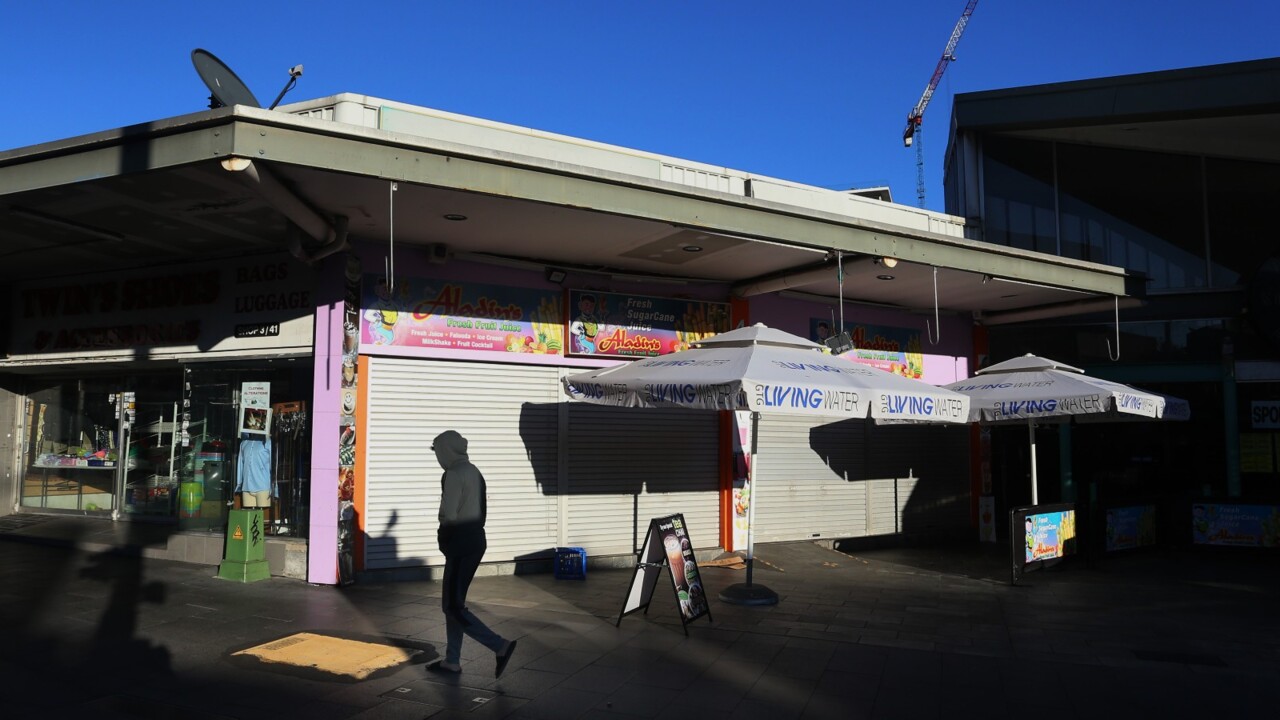Small business branding: how to make your ideas stand out
Building wealth during the pandemic has, for many, meant starting a small business. Getting the branding right is a key step.

Covid has prompted – and often forced – millions of people globally to become their own boss in the past 18 months, making it tougher than ever to stand out from the growing crowd.
In Australia alone there were 365,480 new businesses started during the 2020-21 financial year, according to Bureau of Statistics data.
But 277,674 businesses stopped trading, highlighting how failure is rife among the two million-plus small businesses that are considered the backbone of Australia’s economy. The net increase in businesses was 87,806 or 3.8 per cent.
Your image is important, business specialists say, but building and maintaining a brand is about much more than a clever name and logo.
Small Business Australia executive director Bill Lang says starting a business has never been easier, thanks to a large amount of help available and websites to spread your message everywhere.
KNOW YOUR TARGET
“While it’s easier to start, it’s easier to fail – you confront more competition than you have even seen in the history of starting a small business,” Lang says.
Competitors are no longer just in your suburb or city. Depending on the business, they could be overseas.

“Be very clear about your target market, and be clear about what the target market values in terms of benefits,” Lang says.
“Consistently communicate those benefits.”
Let’s Get Visible founder and SEO specialist Doreen Brown says e-commerce businesses are growling strongly after the pandemic accelerated the online shopping trend by five years.
Brown says branding “goes beyond a logo design, name, and some persuasive punchlines”.
“While good packaging and colour schemes are important, other elements such as communication, advertising, pricing, partnership, and sponsorship can play a crucial role,” she says.
Brown says a name is important and should be carefully thought about and researched to ensure another business doesn’t have the same or a similar name.
“If you are trying to market to everybody, you’re going to connect with nobody,” Brown says.
She says social media is a great way to build communities and share your knowledge, but you must be consistent.
BECOME A STORYTELLER
“Businesses shouldn’t substitute social media for their own website – remember, social media sites are third-party platforms that are controlled by other people. Your website is your biggest online asset because you own and control it.”
Business Australia chief customer experience officer Richard Spencer says the economic downturn, lockdowns and digital technology have combined to tempt more people to give their own business idea a go.
“Your business doesn’t have to be different but it does need to be distinctive,” Spencer says.
“Tell stories – your customers will buy into good storytelling.
“And get your digital footprint right – register with Google My Business, think about optimising search and start, then use your social channels to communicate with current customers and to find new ones.”
Fashion designer and Cream Collection founder Pam Burgess says her organic cotton apron business has expanded from hospitality into the home and diversified into face masks.
She says a key lesson about branding learned during the pandemic was to make her business more personable, and telling its story about caring for the environment, suppliers and customers.
“The other lesson that we’ve learnt about branding is to keep it simple,” she says.
“We adopt the less is more principal in everything we do. We don’t confuse customers by deviating from our brand’s logo, font, colours, packaging or messaging.
“Having a truly authentic environmentally-friendly product made us stand out from our competitors.”

TIPS TO STAND OUT
• Find what makes you different from everyone else.
• Don’t be boring – share your expertise in a way that educates, entertains or inspires.
• Understand your audience – what type of problems are you helping them solve?
• Be consistent with messaging across your website, social media and other marketing.
• Don’t try to be something you’re not, because people will see through it.
• Aim for customers to have an emotional attachment to your brand, so the buying cycle doesn’t stop.
Source: Let’s Get Visible






To join the conversation, please log in. Don't have an account? Register
Join the conversation, you are commenting as Logout